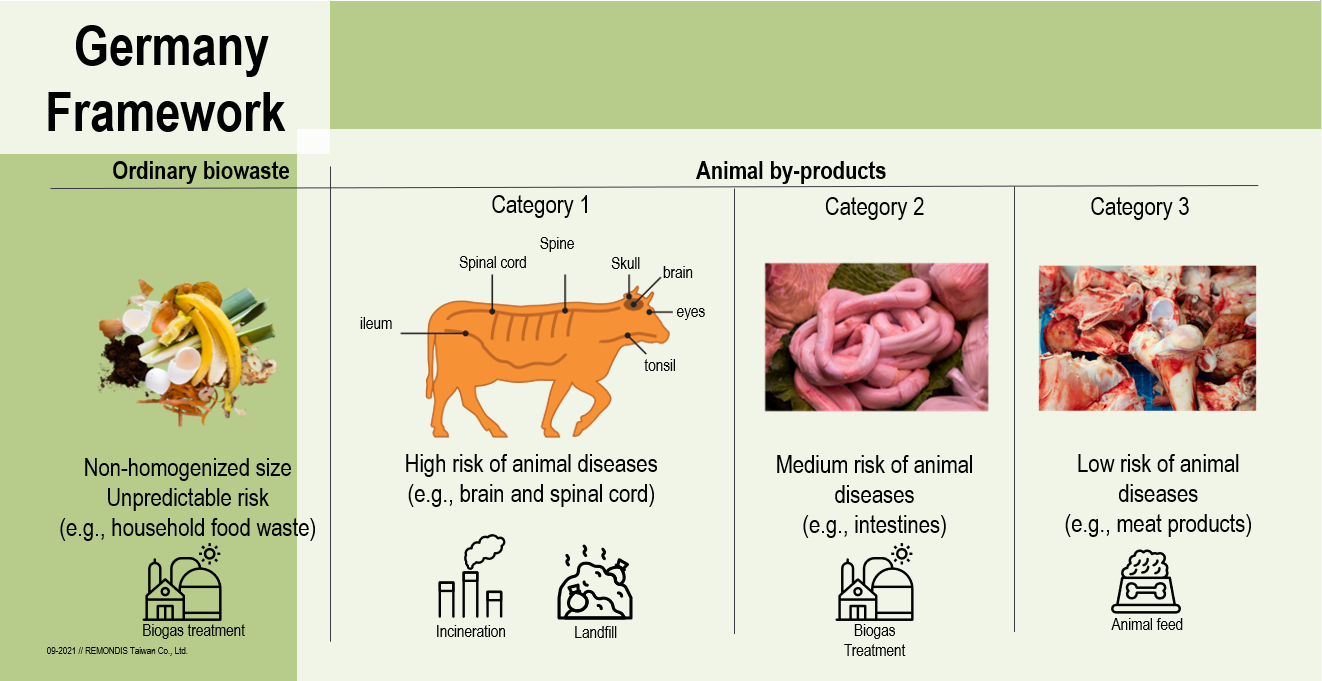Search
The REMONDIS Group’s locations
Discover the world of REMONDIS with its approx. 900 branches and associated companies in over 30 countries across Europe, Africa, Asia and Australia.
Germany Biowaste Treatment Experience—Some comments by Jim Tai, General Manager of REMONDIS Taiwan
“Co-treatment of food waste from big cities, industrial biowaste, green waste and agricultural waste is beneficial.”
Why does it matter?
There are over 6 million people living in the greater Taipei area, with industries stretching across the agriculture, industrial and food processing sector. The volumes of biowaste produced is over 800 tons per day (according to 2020 EPA statistics, accounting for biowaste within municipal city waste), which makes it extremely suitable to draw on Germany’s experience.
My suggestions to the Taiwanese market are as follows:
1. For industrial biowaste, it is relatively homogenous (e.g., large amounts of soy bean residues), so the firms producing it should do a simple pre-sorting first, turning about 60-80% into animal feed.
2. Household food waste, due to its complicated sources, must be comprehensively sorted at the front-end. Only after removing harmful substances (e.g., plastics, metals, etc.) and homogenizing, we could turn ca. 20-30% into animal feed. This process requires massive amounts of energy, which can come from a CHP plant using biogas generated through anaerobic digestion. So, producing animal feed and treatment of household food waste in a biogas plant can go hand in hand.
3. 70-80% of food waste is highly heterogenous and in poor hygienic condition. We should mix it with the remaining 20-40% of industrial biowaste and treat it using anaerobic digestion. The biogas created in this process can then be used to supply the energy needs of the animal feed producing process, …going hand in hand.
4. Green- and agricultural waste should mainly be treated using aerobic composting, and requires mixing with digestate afterwards in order to increase soil fertility. Modern biotechnology is also an option, mixing in probiotics to customize organic fertilizer for agricultural land improvements.

Where should this biowaste treatment plant be?
A plant that treats 250-400 tons per day requires 3-5 hectares of land. Establishment within an industrial park is not suitable due to the large space needed for digestate and composting plus the inevitable odors that will appear, which necessitates separation using greenery. That is why in Germany, the plants are all established in agricultural areas separated by lots of green space, I suggest the Taiwanese government also to consider doing the same.
The treatment of biowaste is a complete industry chain, not just a single business, and should require complete planning and design. Taiwan can use the experience in Germany, to minimize the cost of trial and error.
Those were the comments by Jim Tai and suggestions to policymakers on biowaste. If you are interested in our experiences in Germany, or have other questions regarding biogas, don’t hesitate to contact us, we are always willing to answer your questions!


